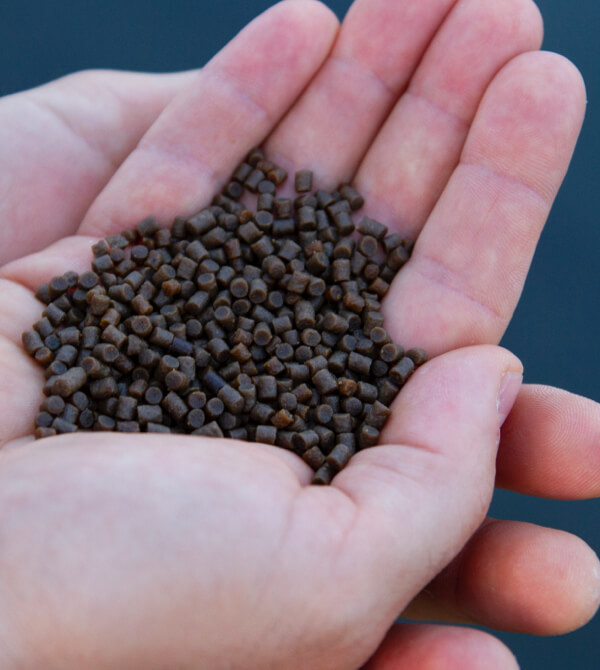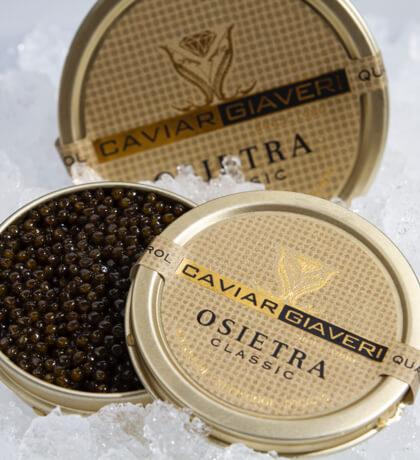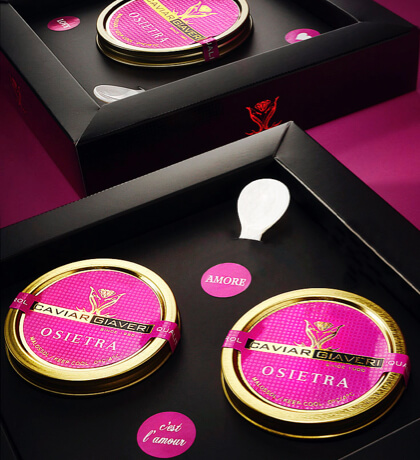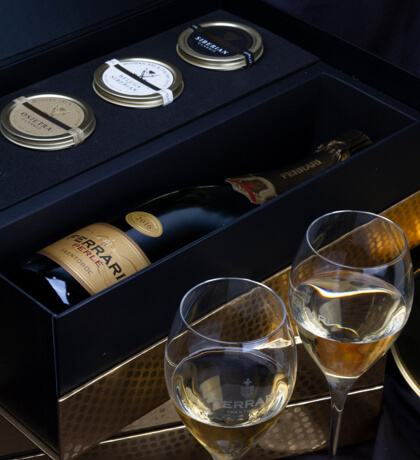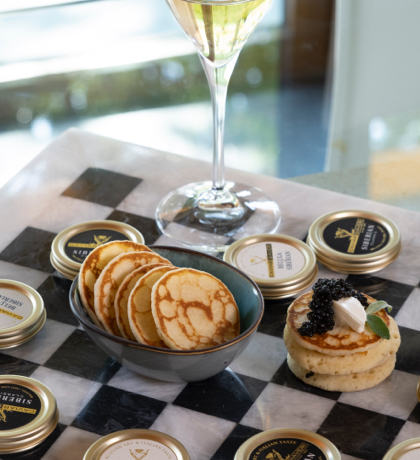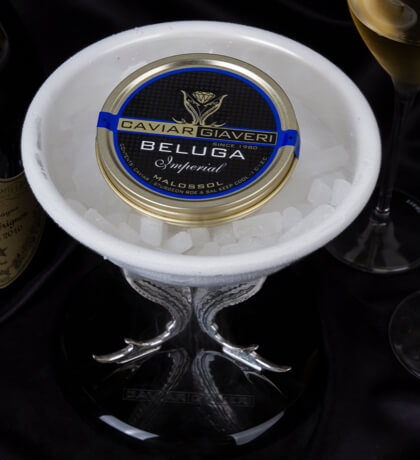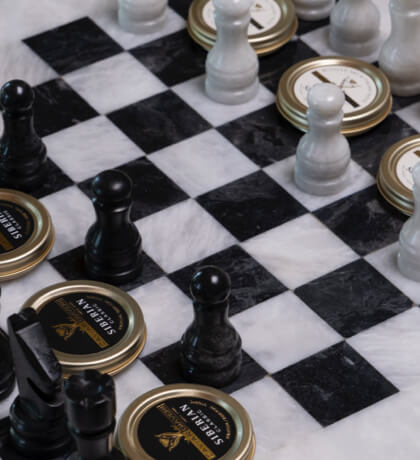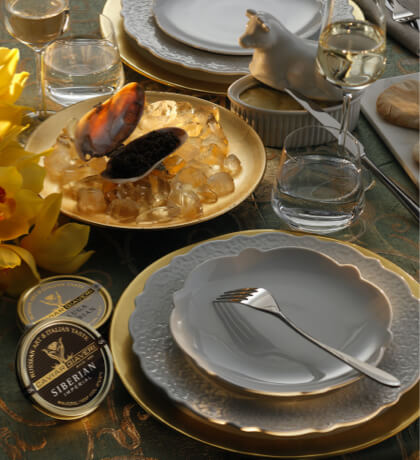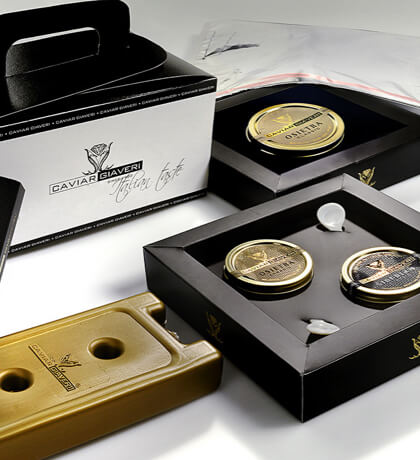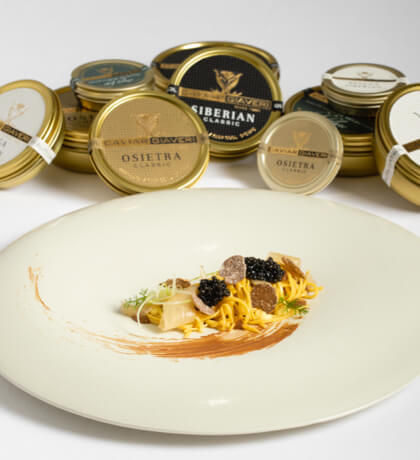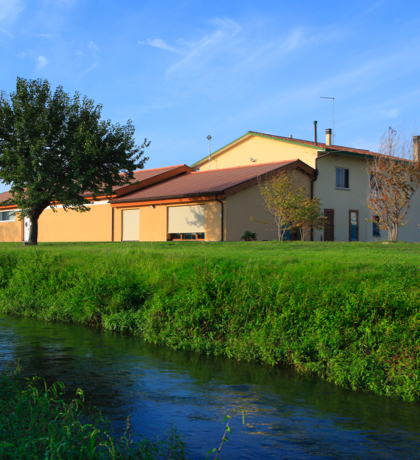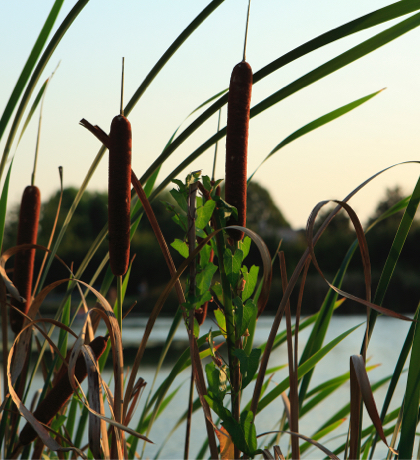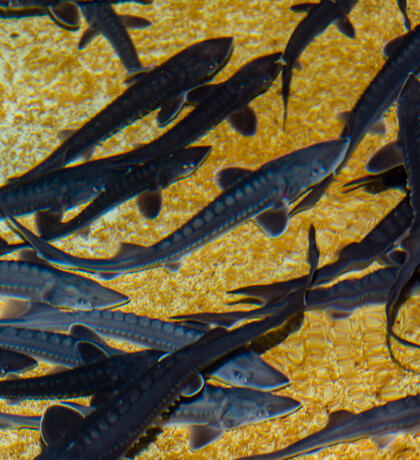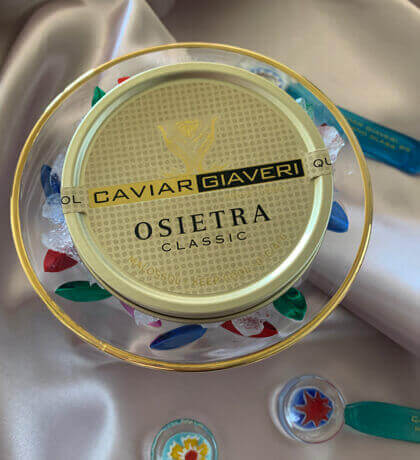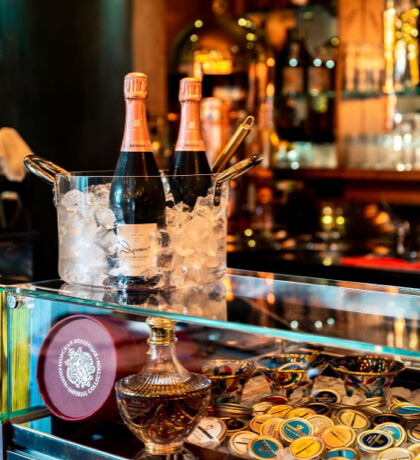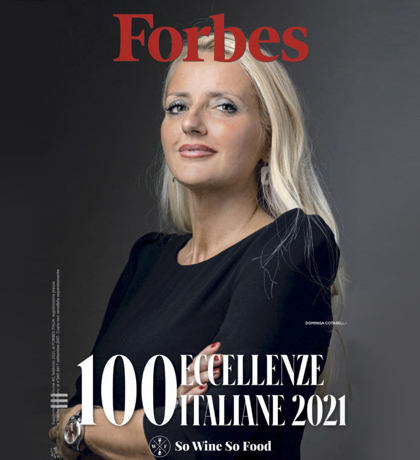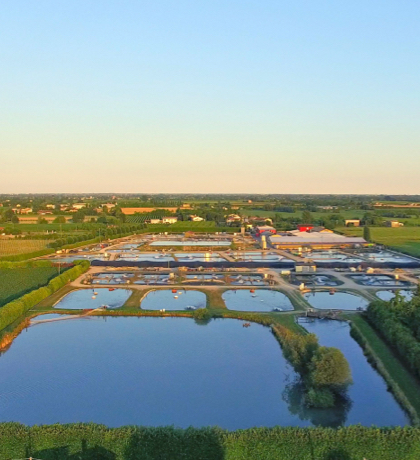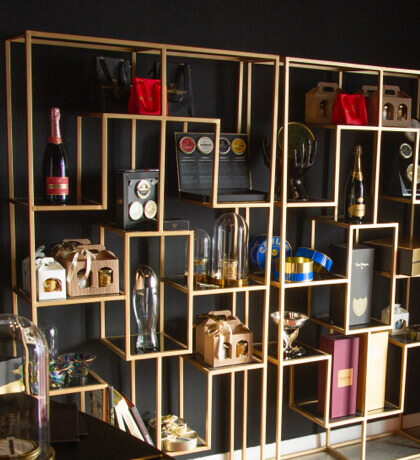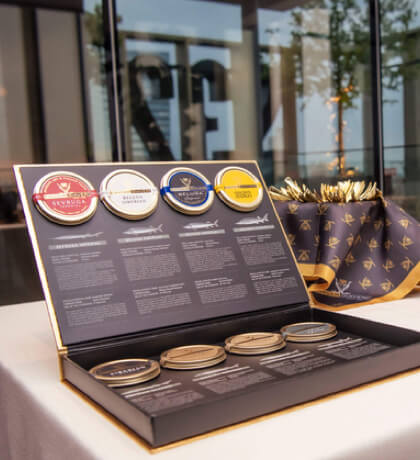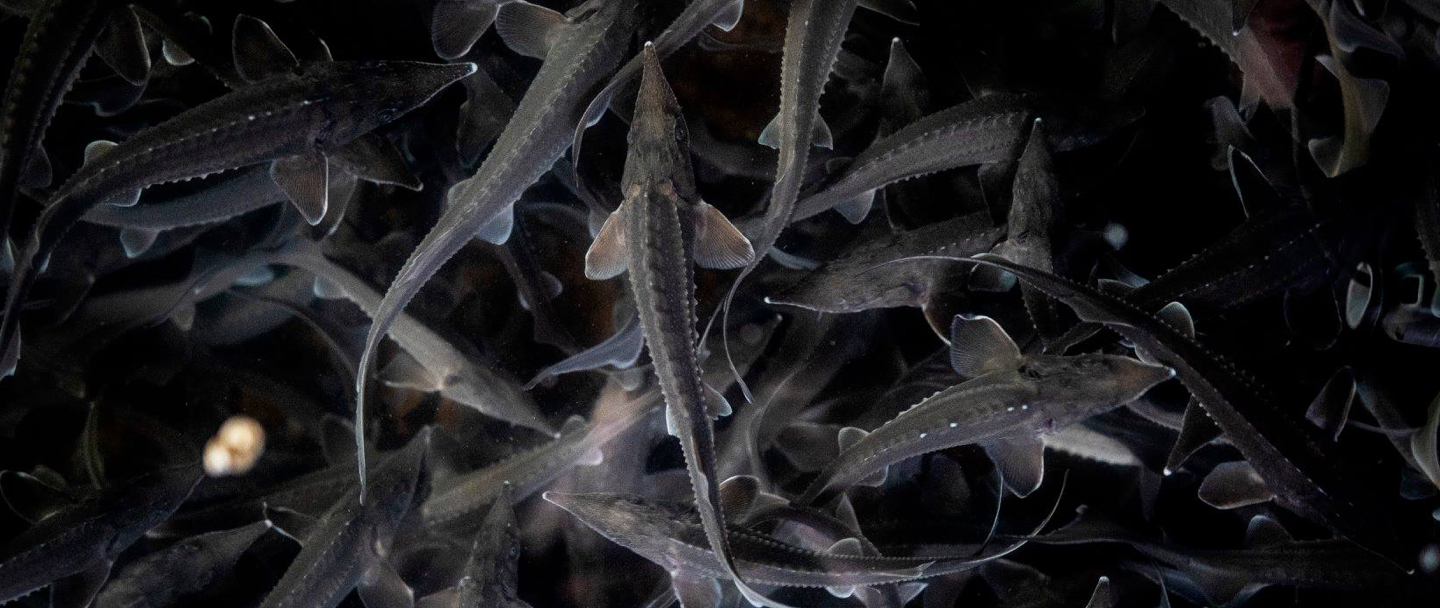
Italian caviar
The secret to great malossol caviar: our farms and an ideal habitat
The delicate flavor, even when it’s bold. The firm texture, a sign of unmistakable freshness. A soft, round aroma, just like its approach to the palate. And the absolute guarantee of quality. These are the common traits of Caviar Giaveri’s malossol caviar. The reason is clear.
Unlike most caviar on the market, Caviar Giaveri does not purchase caviar from anonymous international producers or resell it under its own brand name but breeds and processes it entirely on its own fish farms in northern Italy. Salting is done according to the traditional Russian malossol (little salt) method, egg selection is rigorously done by hand, and so is the packaging.
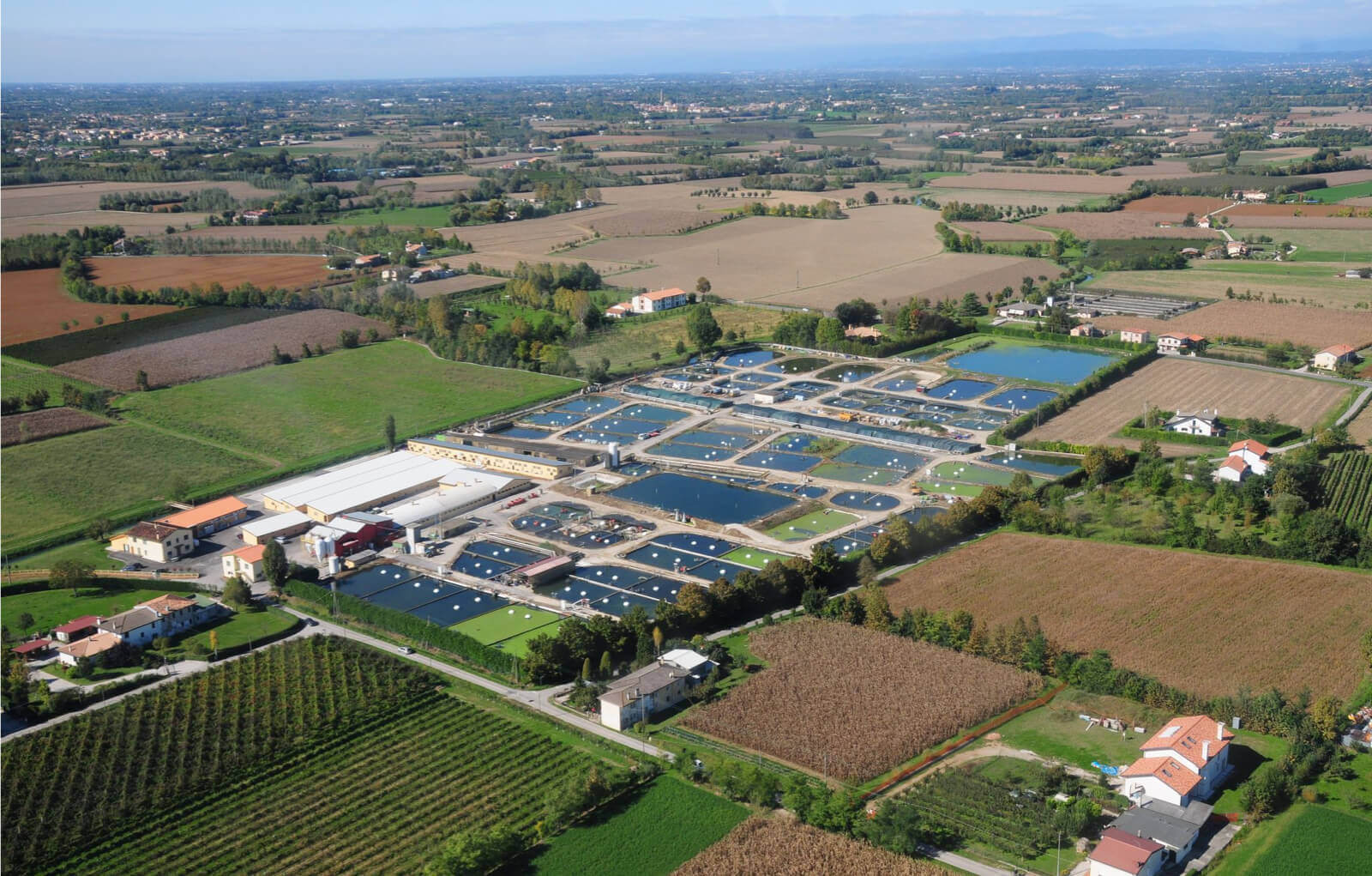
Our caviar sturgeons: Beluga, Oscietra, Sevruga and many more
Caviar Giaveri breeds ten different species in Italy, which allows to choose from a wide variety of eco-friendly caviar types and is currently the world’s most diverse sturgeon farm.
All sturgeons bred by Caviar Giaveri are of Russian origin. Among the highly prized specimens, there is the famous Huso huso (Beluga), the superb Acipenser persicus (Oscietra), the renowned Acipenser stellatus (Sevruga) up to the more common Acipenser baerii (Siberian).
Each specimen is cared for and followed at every stage of its growth. Every aspect is meticulously cared for to recreate the best habitat (sturgeon is a protected species and breeding safeguards its survival), ensuring the utmost respect for the balance of the ecosystem.
Feeding, water temperature, and the condition of each sturgeon are monitored 24/7 by computerized systems and the vigorous control of our skilled staff. The high standards achieved allow for total traceability of the caviar produced.
From egg to larva, from fry to baby sturgeon, from sturgeon to its eggs. A delicate life cycle that Caviar Giaveri protects with passion, dedication and expertise.
We apply a complex aquaculture model that promotes biological processes and the maintenance of the natural balance of the farm’s and the surrounding area’s ecosystem.
Historically, sturgeon was widely consumed in Italy in the riverine areas along the Po River and the Lazio region, where it was fished in the Tevere River and represented fine food for popes and noble families. Three native breeds were widespread: the ladan (better known as beluga), the common sturgeon (Acipenser sturio), and the cobice or Adriatic sturgeon (Acipenser naccarii), the latter characterized by bony patches on its skin. Then, water pollution and illegal fishing led to a drastic decrease in specimens in Italy and worldwide.

Safeguarding sturgeon for caviar quality
The farming and marketing of sturgeon and caviar are protected by the Cites – Washington Convention, which controls international trade in endangered species of flora and fauna. And Caviar Giaveri, of course, operates in total compliance with these regulations to fully safeguard the species. It takes years and years, from 6 to 12, for sturgeon to develop and mature their eggs. That is why caviar is a highly prized product, especially from controlled farms.
In addition to time, numerous cares are required to raise it in the best environmental, nutritional, and sanitary conditions. Controlling the water’s hygiene (from the river and geothermal wells) and its proper biochemical balance are crucial for the sturgeon’s life. The large size of the open-air tanks, which perfectly reproduce the natural habitat, the balanced use of appropriate nutrients, the harvesting of the eggs in a protected environment and their very rapid storage at a controlled temperature are all aspects that allow Caviar Giaveri to place itself at the top in the world of caviar production.
